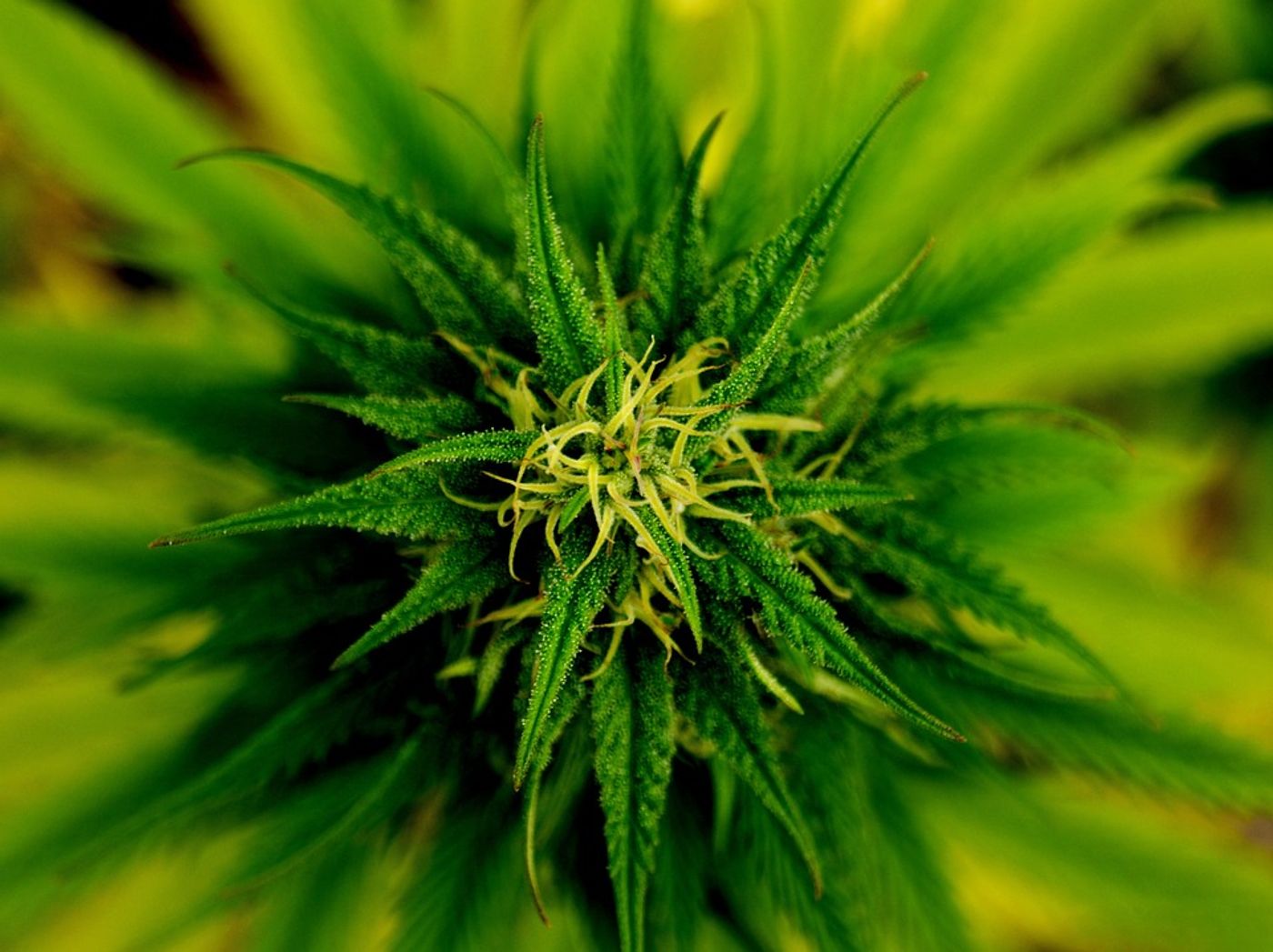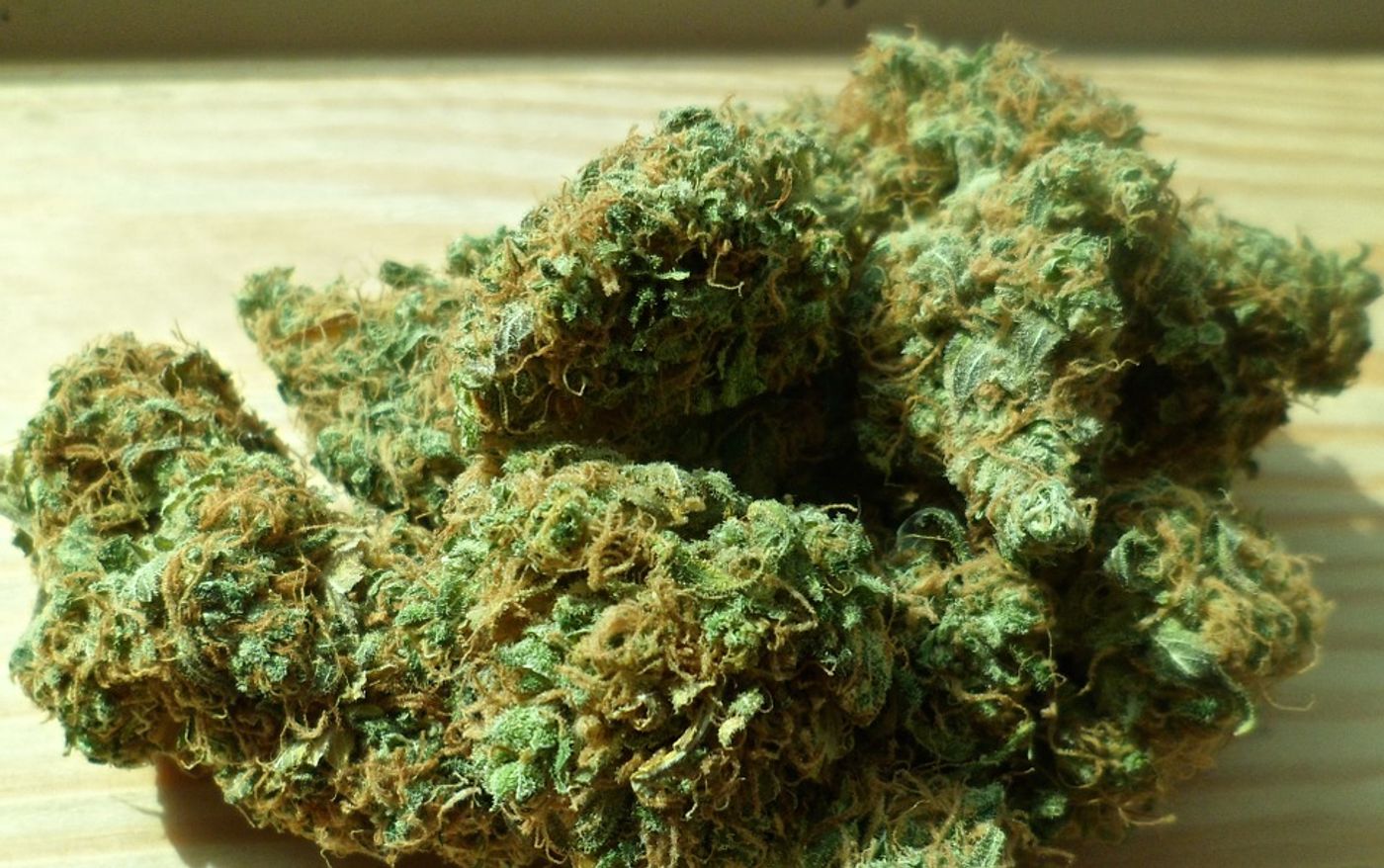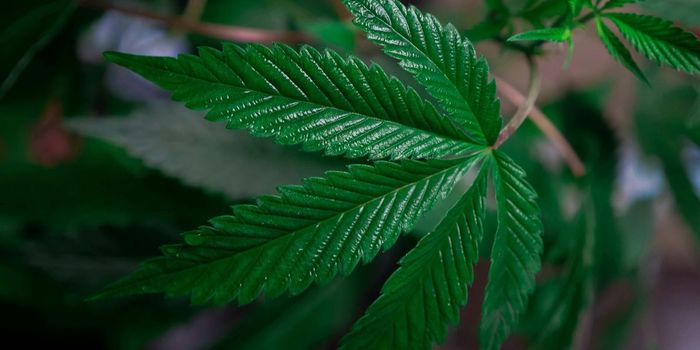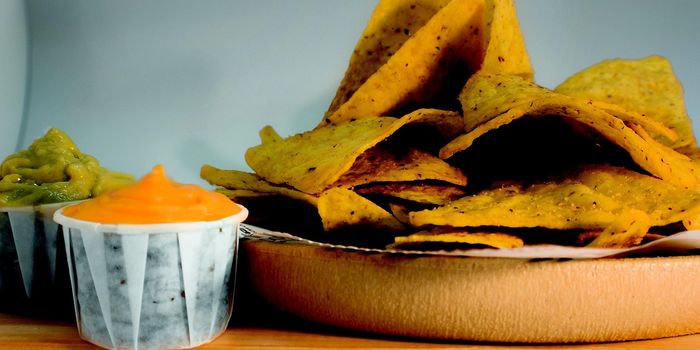What's in a Strain? Guide to the Different Species of Cannabis
Back in the day (whenever that may have been for you) pot was pot and that was it. Since the increased leniency in marijuana laws in many states over the recent years, it may be worthwhile to have a bit of a primer on the different strains that now have been exploited by marijuana dispensaries (and on the black market). There are three species of the genus cannabis: sativa, indica, and ruderalis. Rueterallis is not as common and most people have some familiarity (at least with the names) are sativa and indica.
Photo credit: Pixabay
Why should we care about these strains? Well, first of all, if you are going into a dispensary you will most likely be faced with three choices: sativa, indica, or hybrid (a cross-breeding of the two). Sativa and indicas have different psychoactive effects. They also come from different regions of the world, differ in size and height, and THC content. Sativas have a more euphoric effect, they are more "cerebral" or mind-expanding, such as the granola funk strain. It's energizing and helps with creativity, making it a favorite among authors, artists, and musicians.
Indicas, on the other hand, are best suited for people suffering from stress, anxiety or insomnia. They are recommended to be smoked in the evening, perhaps as an after-work wind-down. This strain is also beneficial for its relaxing and sedative effects. They are also useful for chronic pain, eating disorders, and even neurological disorders such as multiple sclerosis.
Photo credit: Pixabay
Then we have hybrids. These are crosses between varieties of sativas and indicas and are created to get "the best of both worlds". Hybrids may be better choices for those who are trying to treat a specific need; they may have a better idea for what they are looking for. However, a basic primer on the different strains may be beneficial for novice marijuana users or medical marijuana patients who may be nervous about their first "hit". It has been documented that THC levels have steadily increased from the 70s, 80s, and 90s (i.e. "this ain't your daddy's weed"). Now that medical or even recreational marijuana use has been legalized in many states, cultivators are actively searching for the strains with the highest THC content.
But are these psychological effects factually different or merely a placebo? While some studies have shown that there is indeed a difference, at least in survey participants's point of view, other medical professionals are not convinced. Dr. Ethan Russo, MD, a board-certified neurologist, psychopharmacology researcher, and Medical Director of PHYTECS, a biotechnology company researching and developing innovative approaches targeting the human endocannabinoid system, claims that the difference in strains is "nonsense". According to Dr. Russo, "There are biochemically distinct strains of cannabis, but the sativa/indica distinction as commonly applied in the lay literature is total nonsense and an exercise in futility."
This is a debate that may stem ultimately from a deeper question: are these really different species of cannabis? They do come from different areas of the world, with sativas preferring warmer climates versus sativas which favor colder climes. Additionally, the fact they can breed (hence the hybrids) is more evidence that they are indeed the same species.
Placebo or not, you will encounter both "strains" and their hybrids when shopping around for cannabis. Better to go in with a general idea that bud will most likely be categorized by, shall we say, "flavor".
The video below describes in more detail the supposed effects of the different strains of cannabis.
Video credit: YouTube.com
Sources: YouTube.com, OriginsCannabis.com, The Journal of Alternative and Complementary Medicine, Cannabis and Cannabinoid Research










